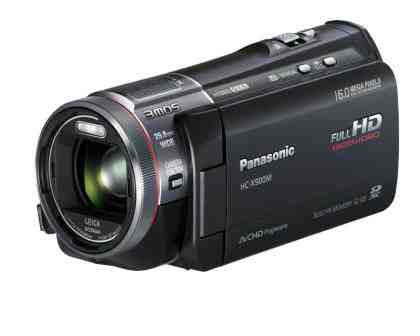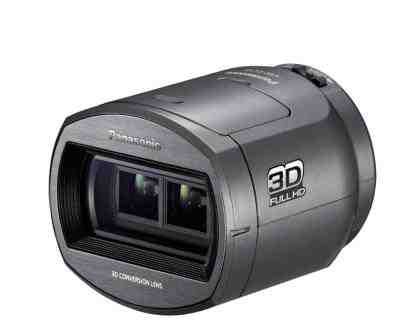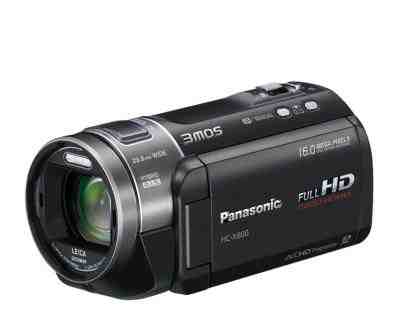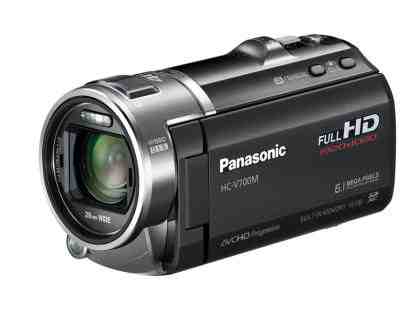Panasonic has unveiled its 2012 camcorder range at CES 2012, with a host of features across the entire range that promises better low-light performance, higher resolution sensors and better optical stabilisation.
At the top of the range are the HC-X900 and HC-X800 models, which use Panasonic's 3MOS three-sensor technology for Full HD recording. Compare to last-year's models ( HDC-SD900 and HDC-SD800 ) Panasonic has managed to improve its optical stabilisation.
The X900 and X800 both feature Hybrid O.I.S+, which has five-axis correction, compared to last-year's four-axis. The fifth axis is for rolling, which is the kind of movement you get when walking. During a demonstration of the system, the picture stayed rock-solid even at high zooms and we can't wait to try the cameras out ourselves. A quick-power up mode lets the cameras turn on in less than one second.

The X900 can power-on in less than one second and has Pixel Shift technology to quadruple the sensor resolution.
The new Pixel Shift technology effectively quadruples the resolution of the sensor. It works by dividing each pixel into four, and using sub-micron shifting to physically move the sensor and expose each sub-pixel. Combined with the F/1.5 lens and Crystal Engine Pro II low-light performance has been dramatically improved. For shooting in bright light, the Nano Surface Coating reduces ghosting and flare.
There's also a new 3D conversion lens, the VW-CLT2. Compatible only with the new models, this lens is lighter, easier to attach and has 1.5x zoom (the old lens was fixed). While the old model created 3D images with a border around them the VW-CLT2 creates a full-screen image.

The new 3D conversion lens is smaller, easier to fit and more flexible than its predecessor.
The X900 and X800 are largely similar in specs, but the X900 has 5.1 surround-sound recording, a viewfinder and high-resolution glasses-free 3D screen. Both products will be on sale soon, with pricing roughly equivalent to last year's models.

The X800 is a slightly cut-down X900, but has most of the major features in common.
At the cheaper end of the range, Panasonic has its new single-sensor cameras including the V10 with a 70x zoom, the V100, V500 and V700. Both the V500 and V700 also have Hybrid O.I.S+ and support the new 3D lens. All models will be available soon and will have pricing similar to last year's models.

The X700 has a single sensor but shares many of its features with the high-end models.
Panasonic also launched two pistol-grip 'active' camcorders, designed to be used in tougher environments. The high-end HX-WA20 is waterproof to 3m, dustproof and can shoot slow-motion video, 360-degree panoramas and 16-megapixel stills. Its little-brother, the HX-WA2 is waterproof to 3m, but isn't dustproof. It can shoot 360-degree panoramas, although it's still picture mode is 14-megapixels.
[[IMG ID="159091"]
The WA20 is the high-end 'active' camcorder and is both waterproof and dustproof.
Bringing up the rear is the HX-DC2, which is neither waterproof or dustproof, can't shoot the panoramas, but has a 14-megapixel still image mode. These active cameras will be available shortly.
